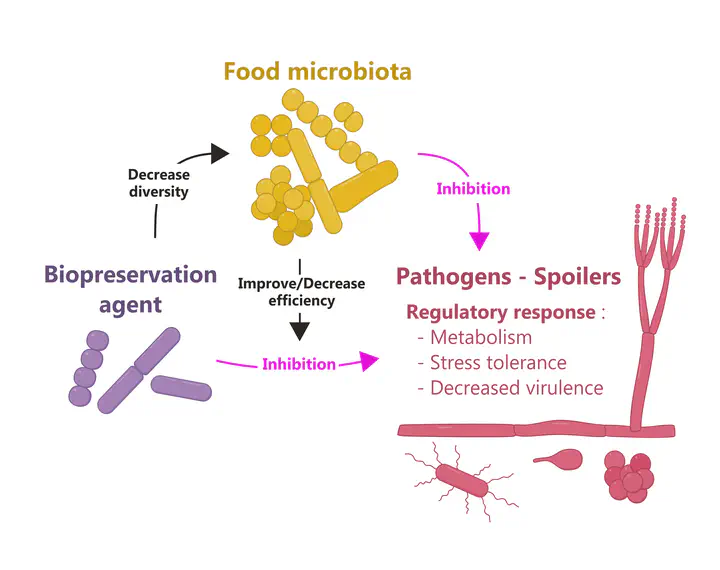Contribution of omics to biopreservation Toward food microbiome engineering

Abstract
Biopreservation is a sustainable approach to improve food safety and maintain or extend food shelf life by using beneficial microorganisms or their metabolites. Over the past 20 years, omics techniques have revolutionised food microbiology including biopreservation. A range of methods including genomics, transcriptomics, proteomics, metabolomics and meta-omics derivatives have highlighted the potential of biopreservation to improve the microbial safety of various foods. This review shows how these approaches have contributed to the selection of biopreservation agents, to a better understanding of the mechanisms of action and of their efficiency and impact within the food ecosystem. It also presents the potential of combining omics with complementary approaches to take into account better the complexity of food microbiomes at multiple scales, from the cell to the community levels, and their spatial, physicochemical and microbiological heterogeneity. The latest advances in biopreservation through omics have emphasised the importance of considering food as a complex and dynamic microbiome that requires integrated engineering strategies to increase the rate of innovation production in order to meet the safety, environmental and economic challenges of the agri-food sector.